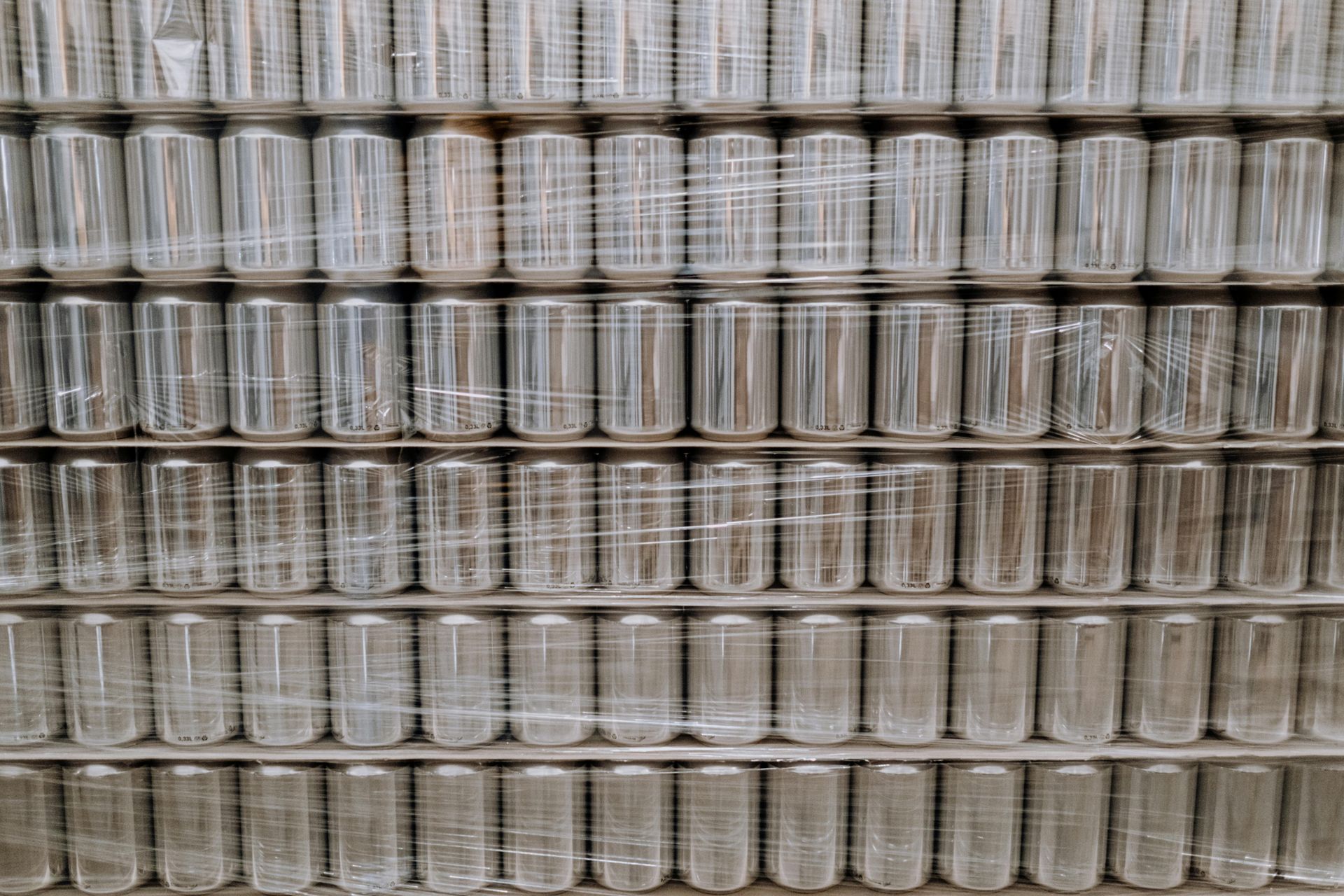Advanced Packaging Testing and Evaluation Techniques: Ensuring Quality and Efficiency Before Launch
Baraka • September 18, 2024
Advanced Packaging Testing and Evaluation Techniques: Ensuring Quality and Efficiency Before Launch
Introducción
The quality of packaging is a crucial factor for the success of any product in the market. In a competitive environment, companies must ensure that their packaging not only protects the product but also attracts consumers and complies with current regulations. Below, we will explore advanced testing and evaluation techniques for packaging that guarantee quality and efficiency before a product reaches the market.
Importance of Packaging Testing
Packaging tests are essential to validate the design and functionality of the packaging. Good packaging not only protects the product but also influences the consumer's purchasing decision. According to studies, attractive packaging can significantly increase sales, as it acts as the first impression of the product at the point of sale.
Types of Packaging Tests
Resistance Testing
Resistance tests evaluate how the packaging withstands adverse conditions during transportation and storage. This includes compression, vibration, and impact tests. By using simulations that replicate the real conditions to which the product will be exposed, it can be ensured that the packaging maintains its integrity.
Usability Testing
These tests focus on the user experience when opening and using the packaging. Studies are conducted with consumers to assess ease of opening, clarity of instructions, and overall perception of the design. Surveys and focus groups are effective tools for gathering this information.

Stability Testing
The stability of packaging is fundamental for sensitive products such as food or pharmaceuticals. These tests ensure that the packaging maintains its properties over time, even under varying environmental conditions such as temperature and humidity.
Environmental Efficiency Testing
With growing concerns about sustainability, it is vital to evaluate the environmental impact of packaging. This includes analyzing recyclability, materials used, and the carbon footprint associated with its production and final disposal.
Tools and Methods for Packaging Evaluation
Quantitative Analysis
Using quantitative surveys allows measuring specific aspects of packaging, such as visual appeal and functionality. These surveys can include questions about design preferences, materials, and perceived prices.
Qualitative Analysis
In-depth interviews and focus groups provide a richer understanding of consumer perceptions regarding packaging. This type of research allows exploring emotions and opinions beyond what numerical data can offer.
Virtual Simulations
Modern technologies allow conducting virtual simulations that replicate real conditions without needing to produce physical prototypes. This saves time and resources by allowing quick adjustments to designs before mass production.
Implementing Results
Once testing is complete, it is crucial to implement the results obtained to improve the packaging design. This may include changes in materials used, adjustments in graphic design, or modifications in the physical structure of the packaging to enhance its performance.
Legal Regulations to Consider
It is essential for packaging companies to comply with legal regulations related to packaging, especially in regulated sectors such as food and pharmaceuticals. This includes ensuring that labeling is clear and meets local and international regulations.
Conclusion
Advanced testing and evaluation techniques for packaging are essential to ensure that a product not only reaches consumers in perfect condition but also does so with visual appeal that drives purchase decisions. By investing time and resources into these evaluations, companies can minimize risks, optimize their designs, and ensure a successful market launch.
Why are packaging tests important?
Tests ensure that the packaging adequately protects the product during transportation and storage while also influencing consumer purchasing decisions.
What types of tests are performed on packaging?
Resistance, usability, stability, and environmental efficiency tests are conducted to evaluate different aspects of packaging design.
How is information about consumer perception collected?
Quantitative surveys and qualitative interviews are used to obtain a comprehensive understanding of how consumers view and use packaging.
What legal regulations should be considered when designing packaging?
It is important to comply with local and international regulations regarding labeling, food safety, and sustainability based on the specific sector.
How can modern technologies assist in packaging testing?
Virtual simulations allow testing without creating physical prototypes, saving time and resources during the development process.



